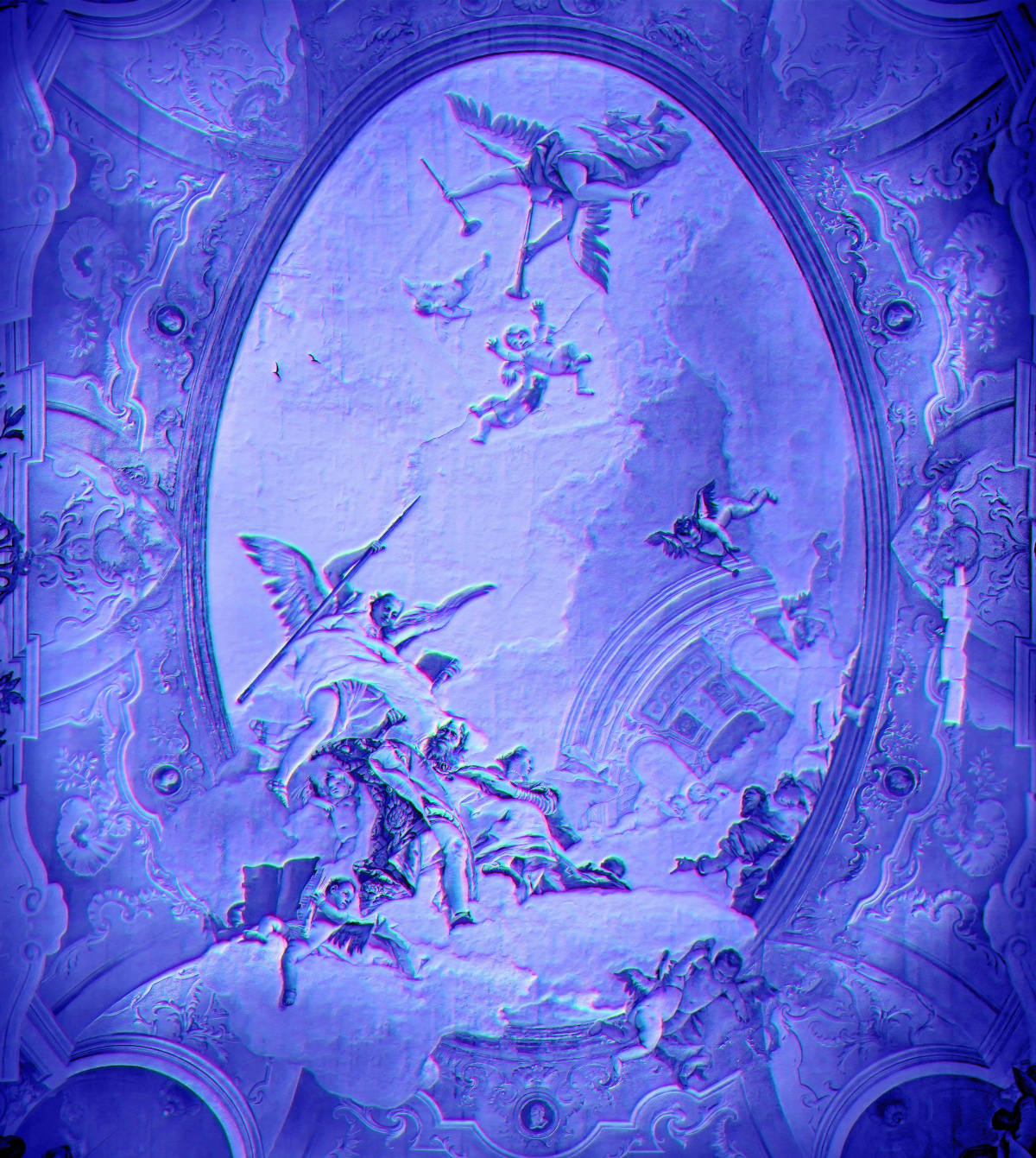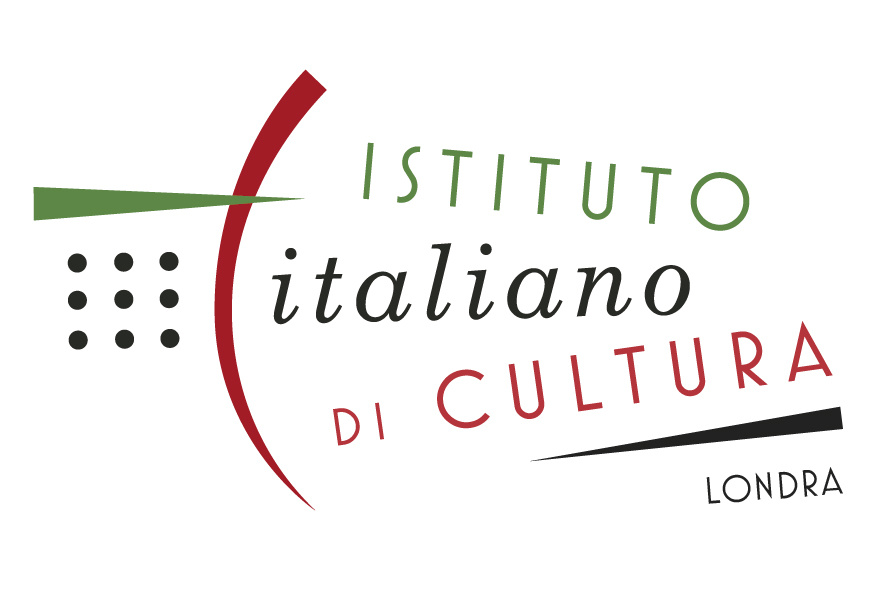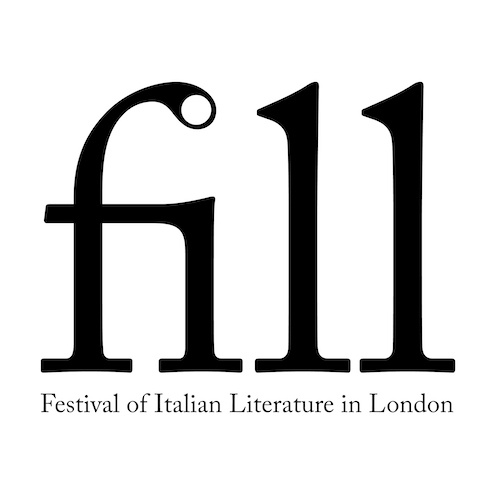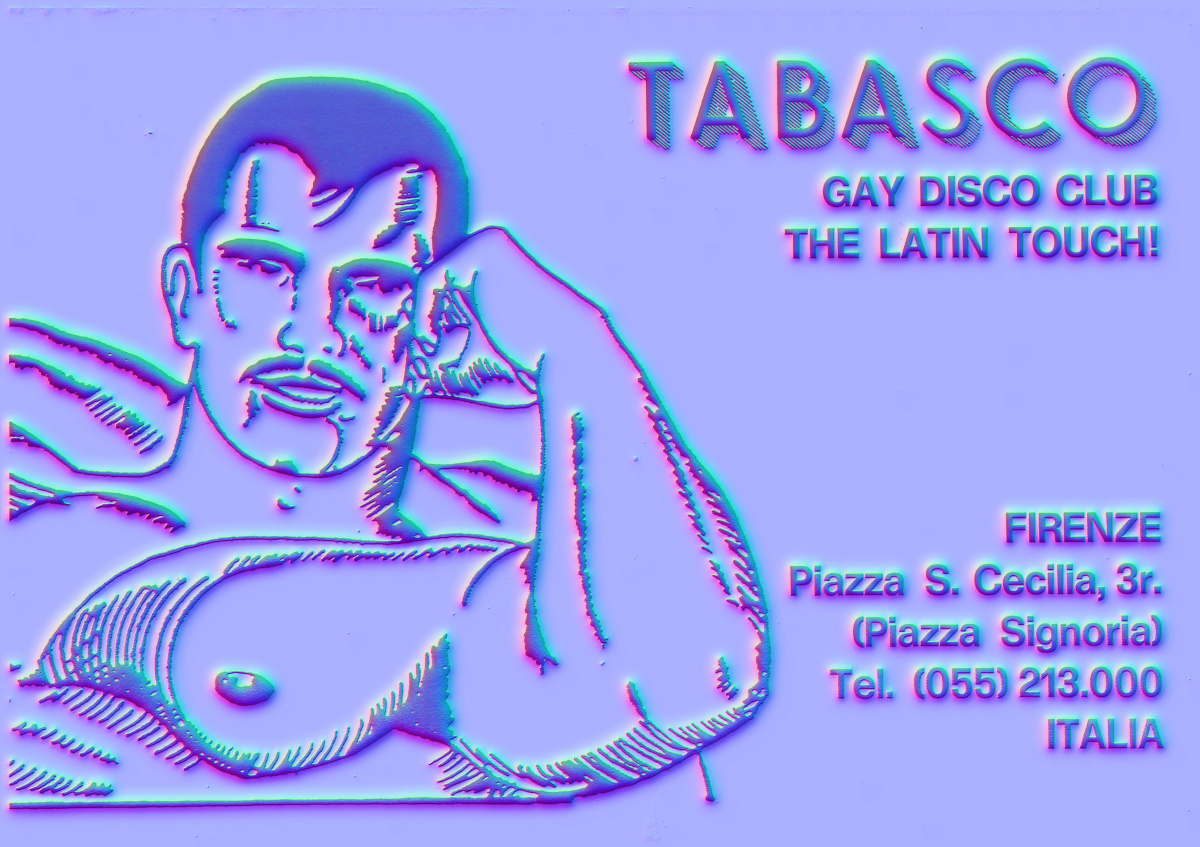
The Last Breath of Happiness in Europe
In a conversation with Francesco Fusaro broadcast on NTS Radio in March 2020, philosopher and scholar Federico Campagna reflected on the cultural and anthropological context of late Baroque music in 1700s Europe and Italy. The following contribution is a reviewed, shortened version of that conversation, and offers an account of some of the intersections between art, philosophy, and religion in the time of Italian painter Giovanni Battista Tiepolo and his son, Giovanni Domenico. As the author sees it, late Baroque music by Italian composers broke free from earlier formalism, and may still offer an existential possibility in a society that has lost any hope for the possibility of true happiness.
Introitus
At the time of the publication of my blog post «Rosa, the world of Baroque and Galante Italian music», I was studying in parallel the works of Giovanni Battista Tiepolo and his son, Giovanni Domenico Tiepolo, and also keeping an ear on the music of that era.
The paintings of Tiepolo are, as Roberto Calasso says in his masterful essay «Tiepolo’s Pink» (Calasso 2010), dominated by pink and azure. These are the colors of, as he calls it, the last breath of happiness in Europe. It really struck me that this pristine, pure feeling of happiness, the one that you find in that kind of music and in those kinds of skies – not only in Tiepolo, but also in François Boucher, in Jean-Honoré Fragonard, or in Antoine Watteau, if a bit more melancholic – you don’t seem to find ever again: Not in the music of – say – happy hardcore, not in Cindy Lauper, not in the music of The Spice Girls.
The defining aspect of the later Baroque style is that it breaks free from the formalism of early Baroque music, and it opens more towards the idea of music as painting and painting as music. Pure emotion is the raw material of both forms of art.
Regressum aeternum dona nobis
Like many forms of art and styles, the so-called «stile galante»1 is not entirely connected to a historical age, but it is an existential possibility, which can be reignited at any time. The recurrent comeback of Baroque is a good example: French philosopher Gilles Deleuze wrote about it in the 1980s, and more recently Italian media theorist Franco Bifo Berardi and Ecuador-born philosopher Bolivar Echeverría have written about it. Aside from theoretical reinterpretations, however, I must say that every new return of the Baroque and galante attitude within society has been less graceful than the original. It is not enough to mimic a certain style, but it is necessary to follow the trajectory of the desire that ignited that kind of imagination.
In the case of stile galante, for example, I believe that its imaginal ground was a wildly optimistic desire for happiness, mixed with a pessimistic understanding of the fleetingness of life. Conversely, if we look at our contemporary society, these two terms seem to have been inverted: We wish for an infinite, unbreakable life, precisely because we have lost any hope for the possibility of true happiness. This might, perhaps, also be due to the disappearance of that sphere of the sacred, and of transcendence, whose color is the pink and azure painted by Tiepolo.
Today, we try to paint in pink and azure the material surface of the world, but the world is too unstable a material to truly absorb the pigment of happiness. The fantastical quality of galante music reveals the deep-seated belief that the world is too fragile to impose on it our desire for absoluteness. We need an idealized elsewhere – not to escape the world, but to be able to inhabit it.
Cuius regio, eius religio (medici)
Sir Thomas Brown, an English erudite, alchemist, and interpreter of hieroglyphs is most famous for his book Religio Medici (1643). In that work he argues that the very nature of the world is not to be natural, but artificial, because it is created by God. So, he continues, if the nature of the world is to be artificial and not natural, then art itself is more natural than nature.
Understanding the world as a theater is what you find when you go into any Baroque church and especially any Rococò palace, like the palace in Würzburg painted by Tiepolo. But it’s also what you find in the context of opera, in which the creation is a creation of a landscape and of figures in that landscape that can be produced by the concerted effort of many (opera proper), or by an individual (program music by Vivaldi and others). So this seems to be just a stylistic element and a stylistic choice. However, if you start from the belief that the world is essentially artificial, it is a metaphysical statement, not a stylistic statement.
All the World’s a Stage
Musicians during the time of Baroque and stile galante used to move a lot, and for most of them the experience of moving around wasn’t entirely without trauma, as some of them were basically considered (and treated as) servants. I’m thinking, for example, of Evaristo Felice Dall’Abaco (1675–1742), who moved together with the court, to which he belonged. If the King was defeated in a battle and they had to flee, he would flee, if they won, he would move back with the court. Think of musicians like Nicola Porpora (1686–1768) who used to speak French, German, English, Latin, simply because he had to move around Europe during his career.
There was this idea of the musician like a theater actor: The show remains somehow the same and the magic of the theater is always the same, but the company travels around. The world is a theater where pleasure is possible, death is the curtain surrounding the stage, but underneath the stage there are titanic forces that keep moving, like madness, or follia.
O Fortuna
In the Baroque period, we see a return of the fascination with the zodiac that is also prominent, for instance, in the Renaissance times, and with that a renewed interest in the figure of Fortuna: Fortune, or luck, but not just luck, rather a mix of luck and destiny. Fortuna was usually depicted as a ship that instead of a mast had a woman with some sort of flag draped over her by the wind.
Fortuna was a pagan divinity, but this divinity came back very much in early modernity to reinforce this idea that the world and life is governed by overpowering forces that don’t have a moral stand or a moral justification, like the forces of God, but they are completely beyond any possible logical representation. A bit like the force that the ancient Greeks used to call Ananke, divine necessity, the force that governs the Iliad, that bends everything. Against this force, the only thing you can do of course is to dance.
No Future
In the Baroque era, it would have been easier than you suspect to bump into the punks of the time. What do I mean by this? Let’s go back to a few ideas we have collected so far: The Baroque mindset sees the world as built by God as an artifice, as a theater where everything is a mask inhabited by a breath of life, where death is very, very present, but somehow this is not the subject of any particular phobia, as much as it is today. So how can you be a punk in this situation? Well, we know what it was like because we have many letters left by the young punks of the age (Roscioni 2001).
They were adolescents and teenagers who wrote to their favorite institutions, applying to become part of them, and in these letters the young people say that they want to break free of society. They want to explore new lands, they want to die. They want to renounce worldly goods. They want to give meaning to their lives. That is beyond all the stupid formalities of their age. Now, you might think that I’m probably talking about mercenary soldiers, but not quite. These are young missionaries and, specifically, Jesuit missionaries. Of course, Jesuit missions had a strong and problematic political impact on the countries that were being colonized at the time, but we shouldn’t discount the libidinal energy that was animating a lot of the rank and file people that would join these missions.
Ars longa, vita brevis
One thing that I always keep in mind when I go to museums and galleries that have exhibitions on recent music trends, is that usually contemporary cultural consumers wish to get the newest and youngest stuff. Often, however, curators scout around and end up, sadly, with dinosaurs, from – say – The Rolling Stones to Madonna: Very old people still making this music, still pretending to be the youngsters they were at the time they made a name for themselves. So if you’re looking for the expression of youthful art, look no further than Medieval, Renaissance, and Baroque art and music. If anything, because people used to die at a very young age back then.
So when you listen to, for example, Giovanni Battista Pergolesi (1710–1736), you’re listening to a young man who died at the age of twenty six of tuberculosis, who became a superstar in just that brief span of time, and that somehow ticks all the boxes of imagination for this talented and dear to the gods (as in «die young») artist.
- 1. Compared to early Baroque music, galant music is – in short – defined by a restrained use of polyphony and a clearer, simpler use of melody. See Heartz 2003.
List of References
Biography
Biography
Shop

Published on April 22, 2021
Last updated on April 09, 2024
Topics
Special
Snap




